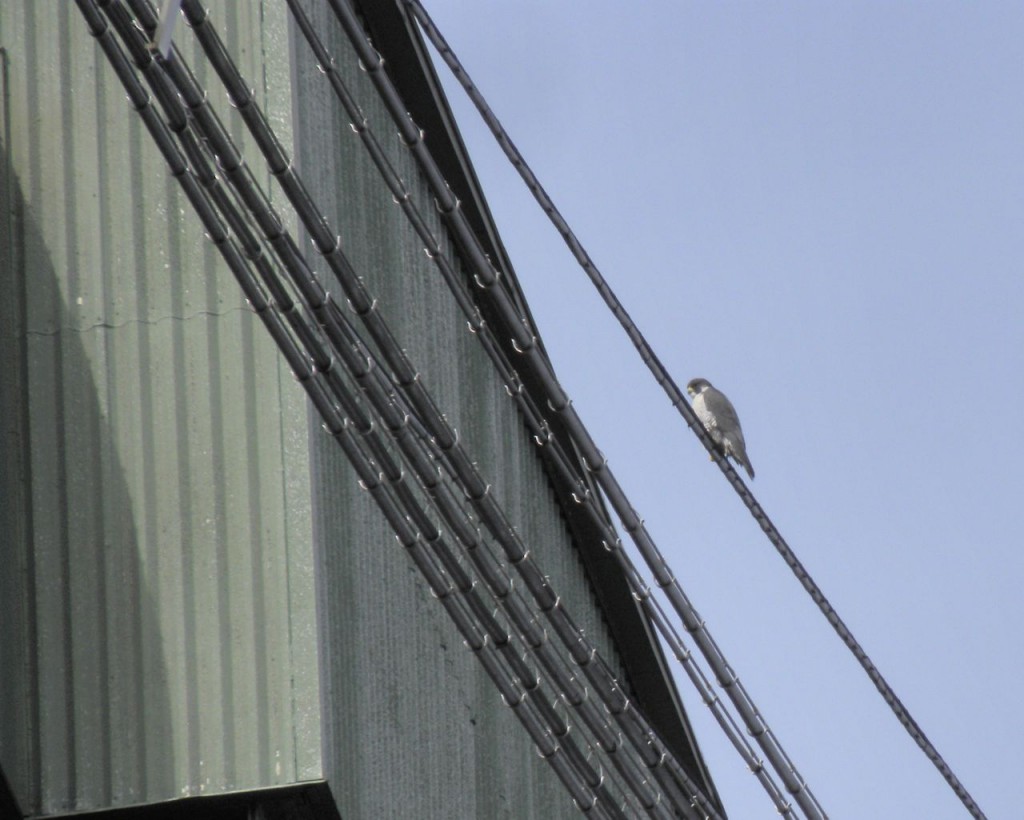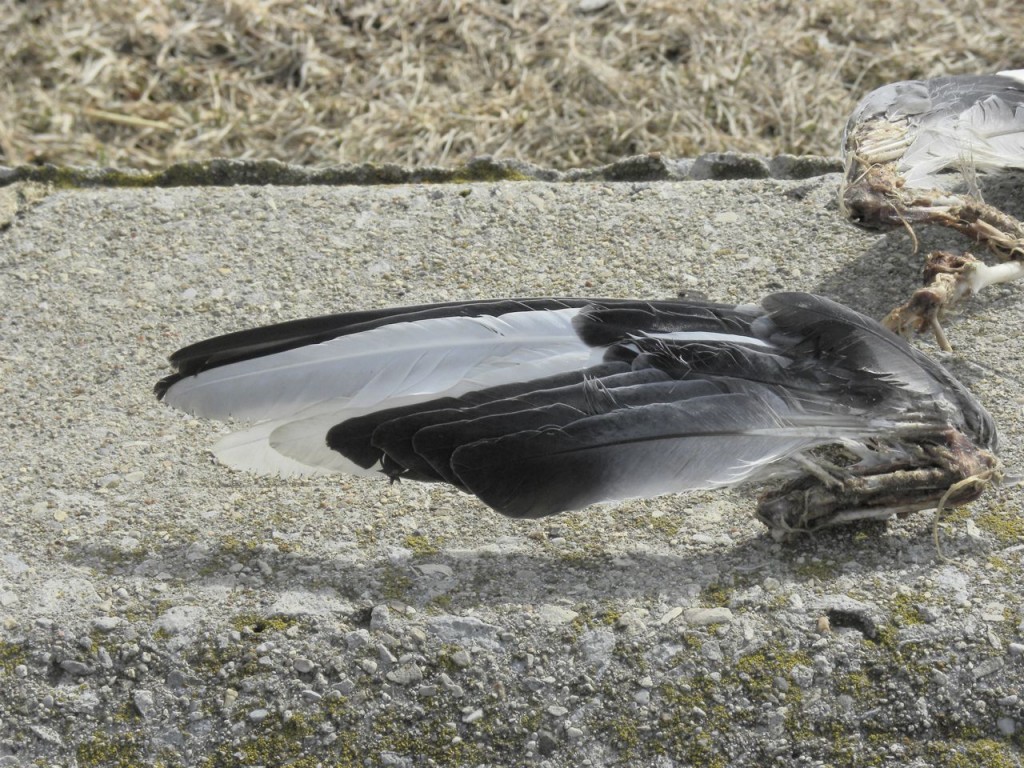March 3 2013. Burlington ON. One of the most damaged bits of real estate around here is a stretch of land that today we call the Beach Strip but which historically was a natural sand bar that separated a marshy inlet from the open waters of Lake Ontario. When the marshy inlet became a harbour serving an industrial city the sand bar was a mixed blessing, it provided shelter but was a navigational obstacle. Today the now sliced-through sandbar is the foundation for a six lane highway with two massive bridges, high voltage transmission lines and the rail-bed of an abandoned railway line. There are also houses, a sewage treatment plant and a deep water canal with a heavy duty lift bridge for the local roads. There may be remnants somewhere of the sandbar’s original structure, and there may even be a few of the native animal or plant species around, but they’d be hard to find.
But for all of the degradation the birding can be good, especially alongside the canal. Today I went to see if the canal was full of Long-tailed Ducks as it often is at the end of winter. It wasn’t full, although there were a few as well as some White-winged Scoters and Red-breasted Mergansers too.
But hardly had I sorted out my camera, binoculars, hat and gloves (there was a keen north-westerly wind cutting across the harbour) than I heard the faint ‘cheek cheek cheek’of a Peregrine Falcon. For several years now a pair has nested here on one of the towers that carry the lift bridge; I’ve mentioned them here before. I looked up to the customary nesting platform and sure enough saw that one was sitting quietly on it. Soon I found both birds and fancied I could see a size difference, the female Peregrine is always the larger, some say by as much as 30%.
Apparently it’s not too early for courtship, I watched as the two of them, in turns, took off and flew around for a moment before settling somewhere different, though not too far away. They were clearly keenly aware of each other. The clincher came when the male took off, flew out of sight for a few minutes and then returned to copulate briefly with the wind-buffeted female who was balancing on a cable strung far above the canal. Copulation on a high wire was all I needed to call the Peregrine my Bird of the Day, and I was now sure that I knew which was which. I’d been right earlier; our male is noticeably smaller.

Few birds have attracted as much sentimental and awestruck admiration as has the Peregrine Falcon, well perhaps the Kiwi, Ivory-billed Woodpecker or Peacock have too. But the fact that Peregrine Falcons have recovered from being a critically endangered species to now quite commonly choosing to nest in and around our cities is only half of the story. They are wonderful to watch in flight, the controlled muscular directness is convincing proof of their status as the fastest creature on Earth; although to be fair their top speed of a reputed 200mph is attained in a freefall dive; in flapping flight the White-throated Needletail (an Asian swift) is faster. Still an’ all, a controlled dive at over 200 mph, or terminal velocity, is quite something as this National Geographic movie clip explains.
